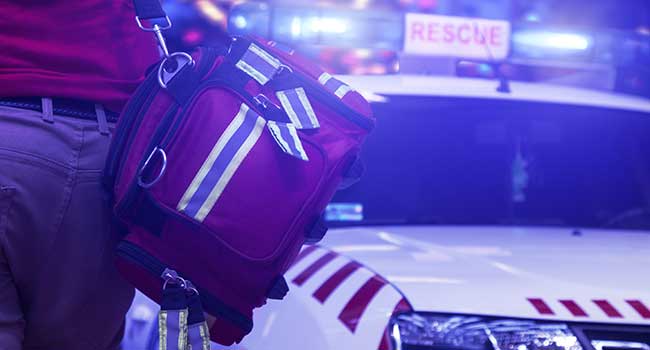
NFPA to Fast-Track New Standard for Active Shooter Response
The rise in active shooter incidents and the escalating impact of hostile events has prompted the National Fire Protection Association to process NFPA 3000, Standard for Preparedness and Response to Active Shooter and/or Hostile Events, as a provisional standard, which means it would be available for use as early as April 2018.
- By Jessica Davis
- Jan 10, 2018
The rise in active shooter incidents and the escalating impact of hostile events has prompted the National Fire Protection Association to process NFPA 3000, Standard for Preparedness and Response to Active Shooter and/or Hostile Events, as a provisional standard, which means it would be available for use as early as April 2018. This marks only the second time in NFPA's 121-year history that provisional status has been authorized by the NFPA Standards Council.
Provisional standards are developed when there is a serious life safety concern warranting an abbreviated standards development process. The typical standards cadence is condensed in order to issue a standard in a shorter time period in the interest of the public and first responders' safety.
NFPA 3000 establishes preparedness, response and recovery benchmarks with a focus on integrated protocol and civilian and responder safety. When issued, the standard will provide guidance for organizing, managing and sustaining an active preparedness and response program so that the risk, effect and impact of hostile events can be reduced.
"Hostile events are happening with greater frequency and ferocity today. It's critical that we take steps to protect people from this increasing threat," NFPA President Jim Pauley said. "By employing the unified response outlined in NFPA 3000, first responders, facility managers, hospital officials and community members can minimize risk before, during and after these devastating incidents."
Efforts to establish this standard began in October 2016 in response to the Pulse Nightclub shooting, which was the deadliest mass shooting by a single gunman in U.S. history at the time. NFPA 3000 is now open for input until Feb. 23, 2018.
About the Author
Jessica Davis is an Associate Content Editor for 1105 Media.